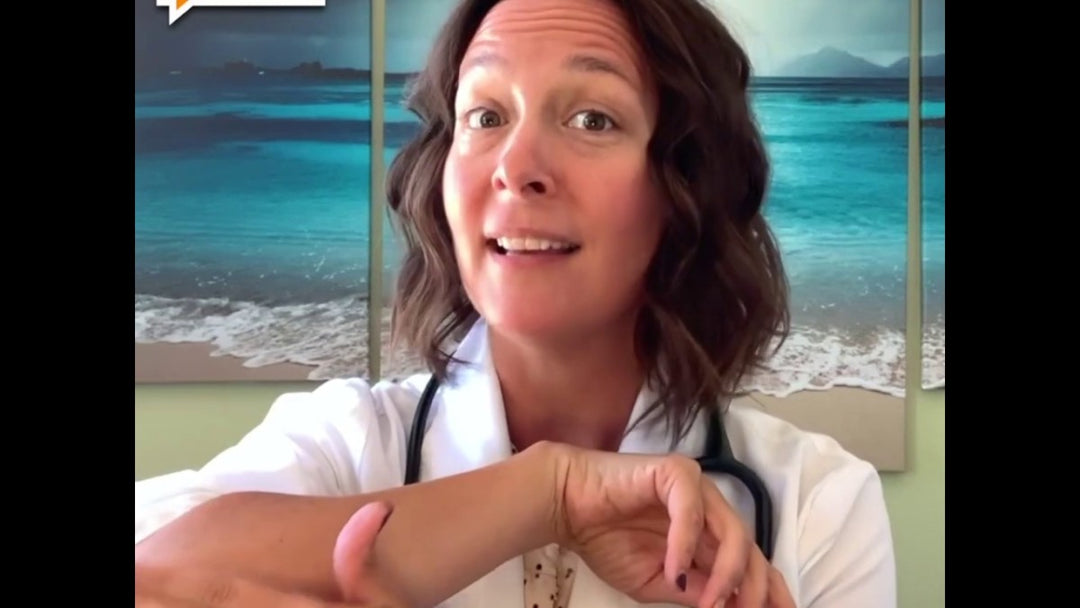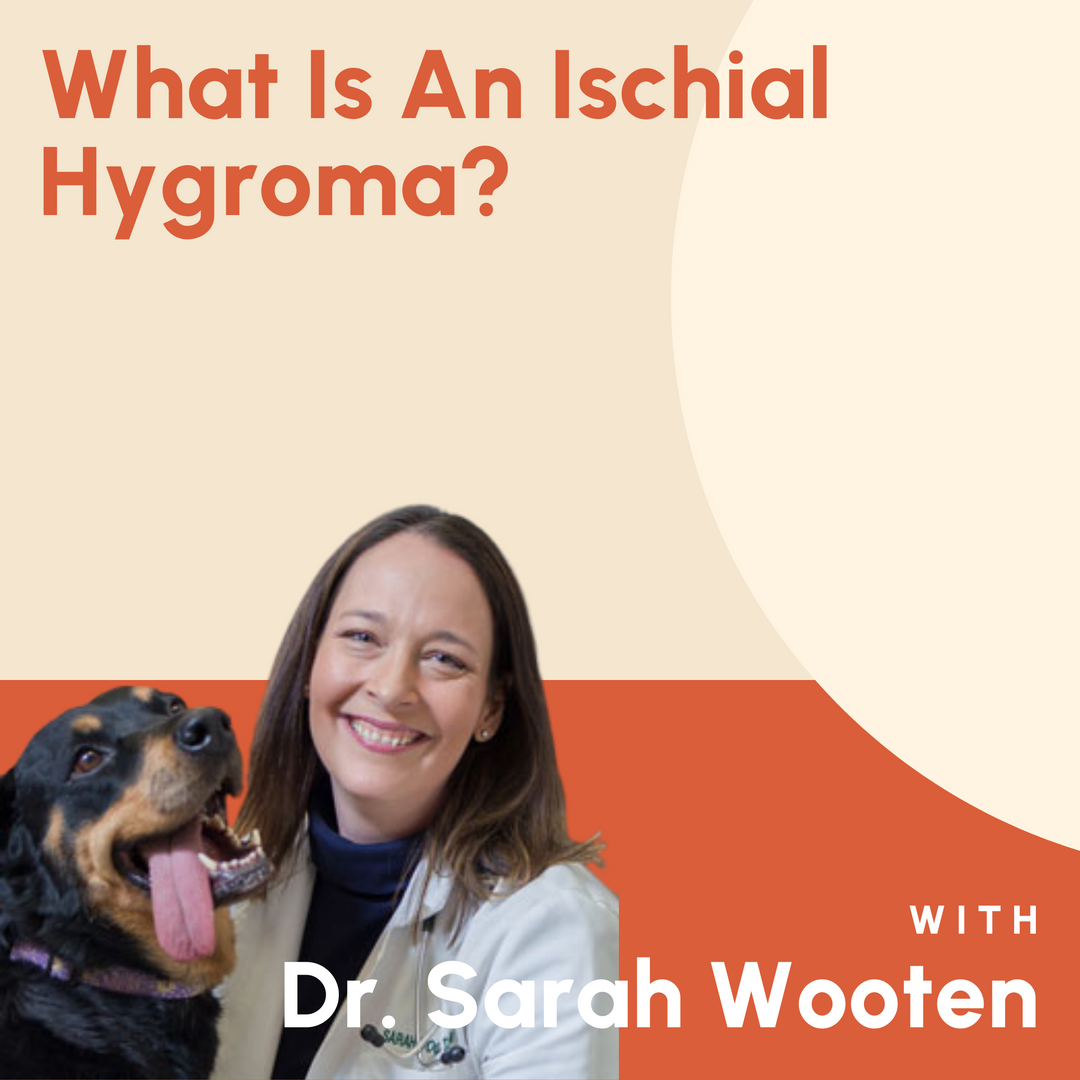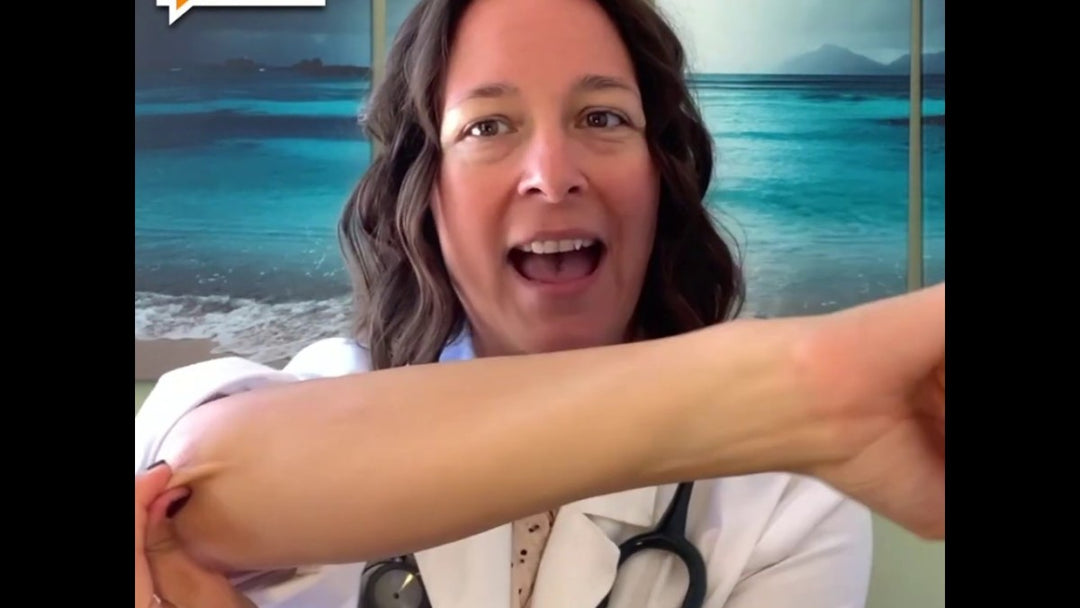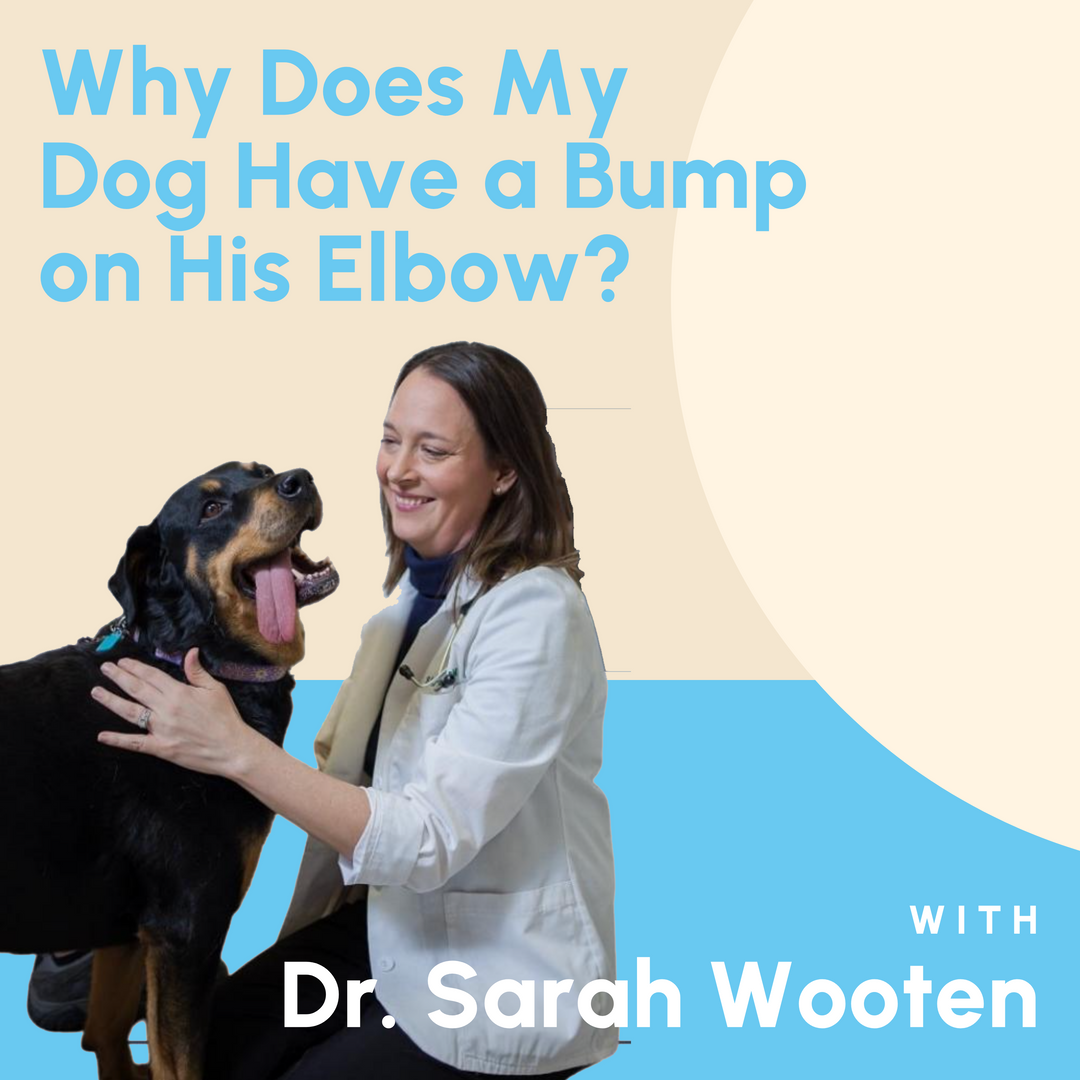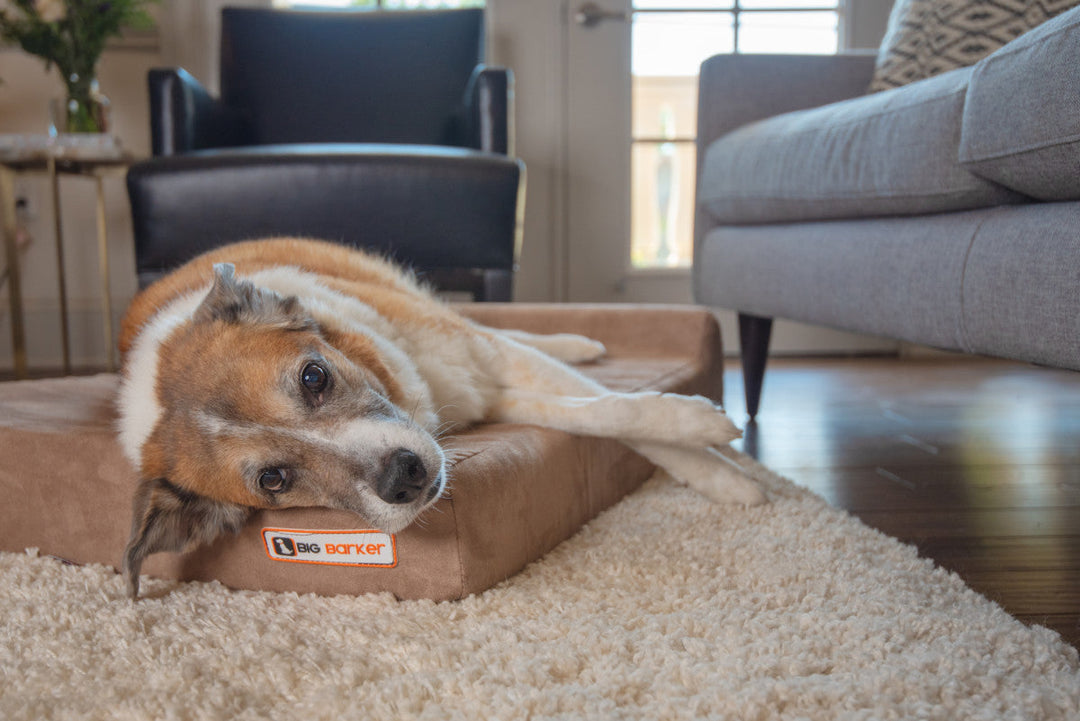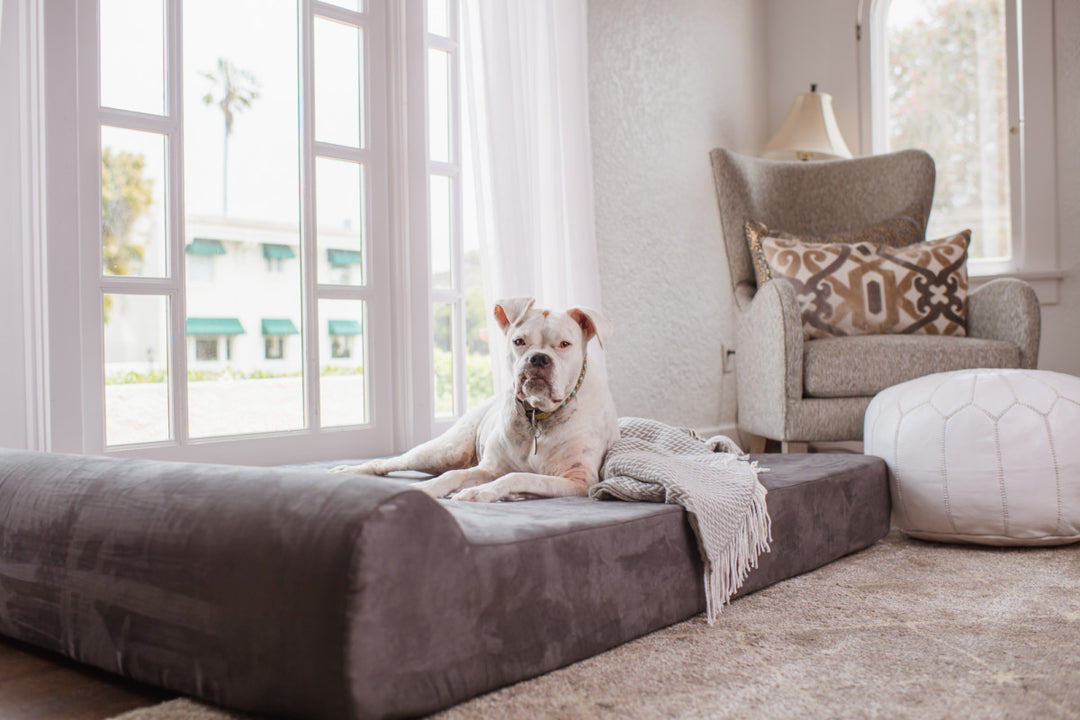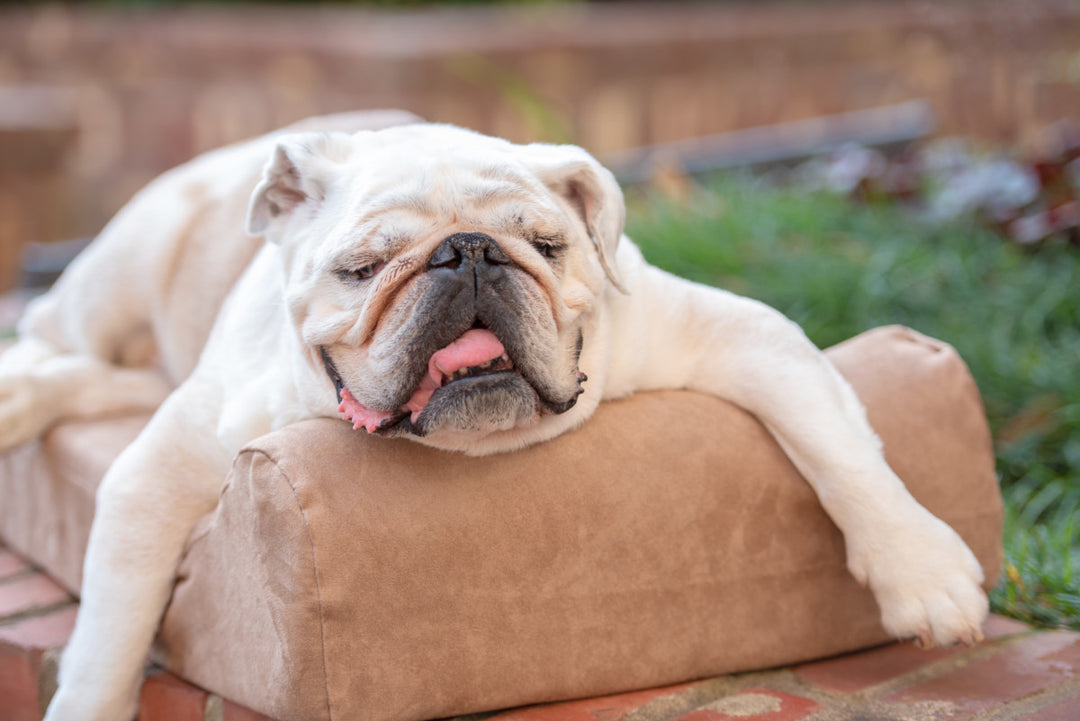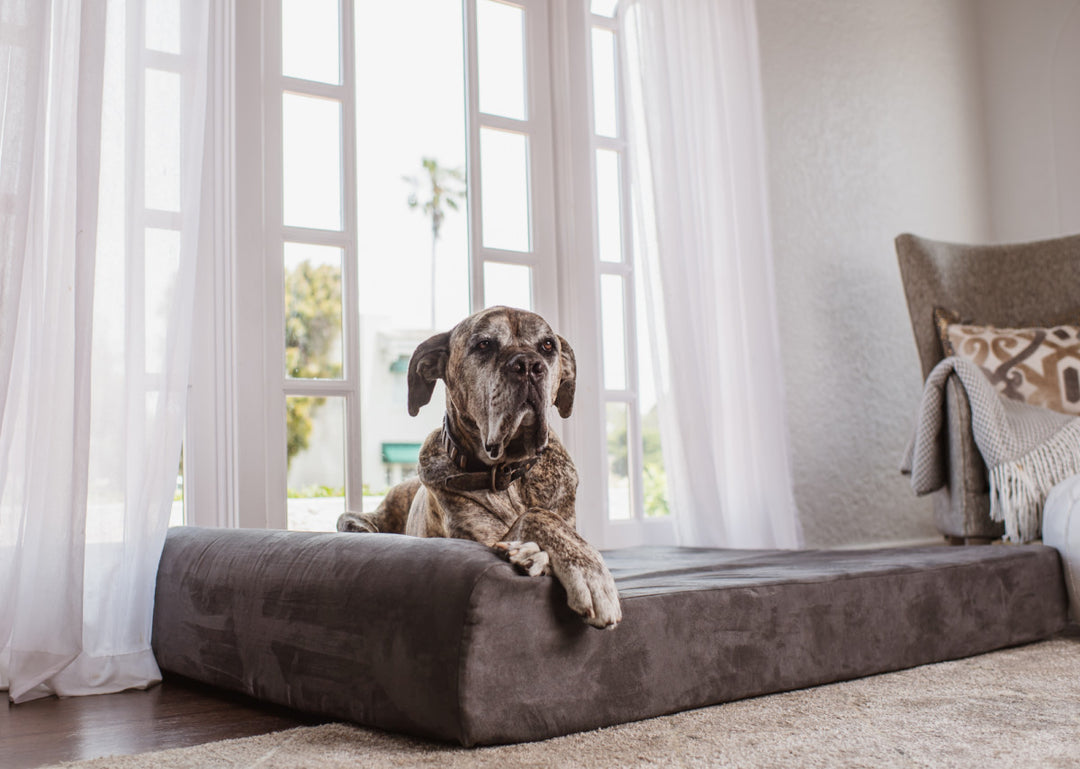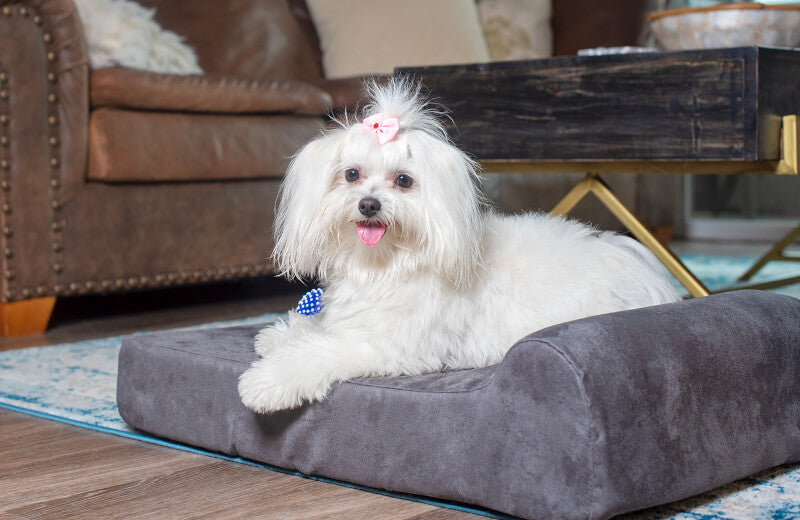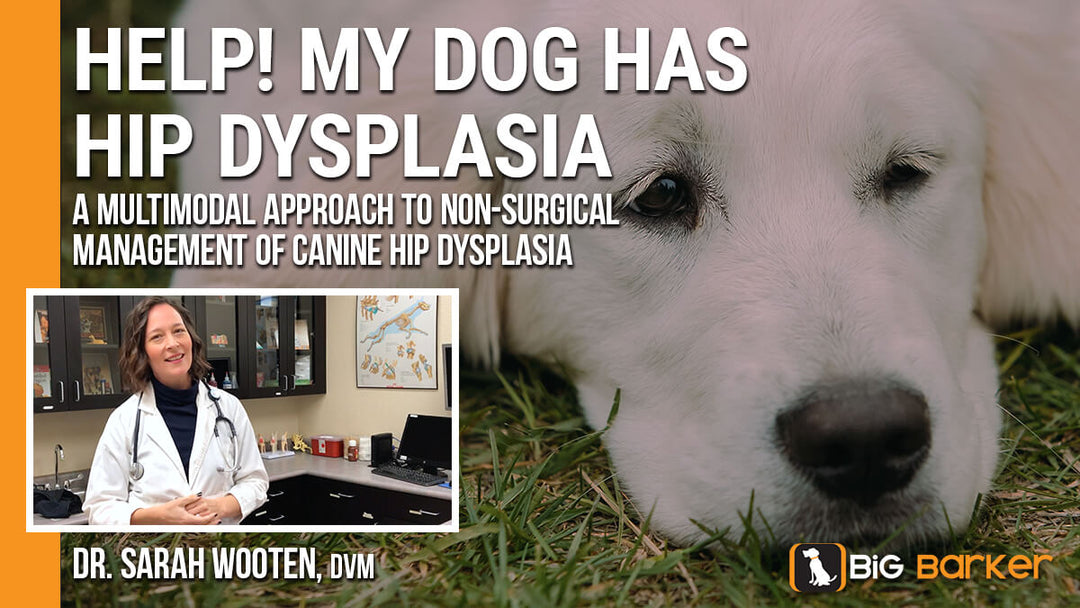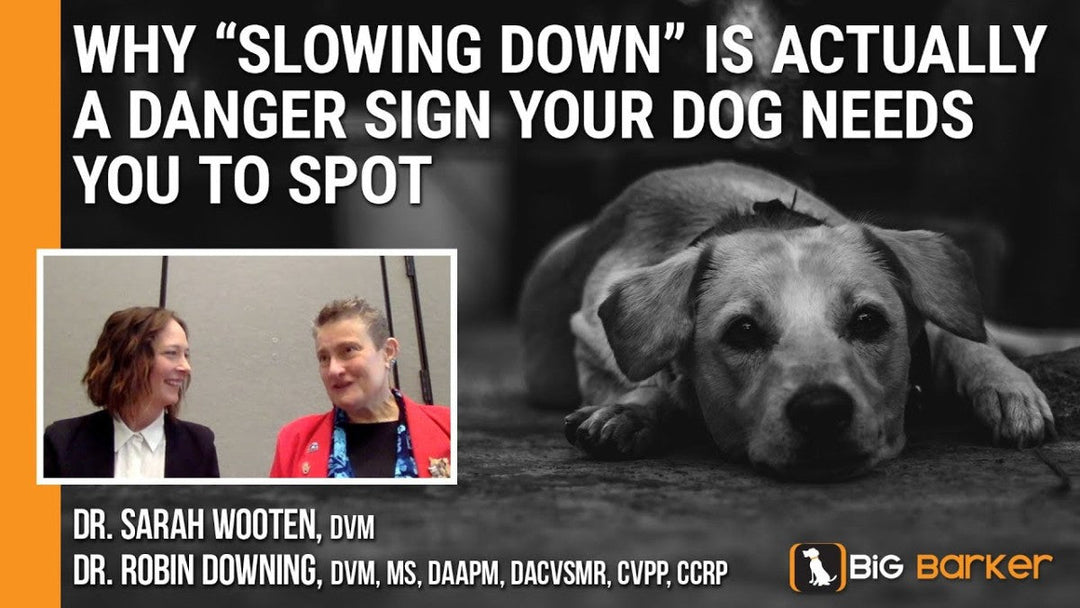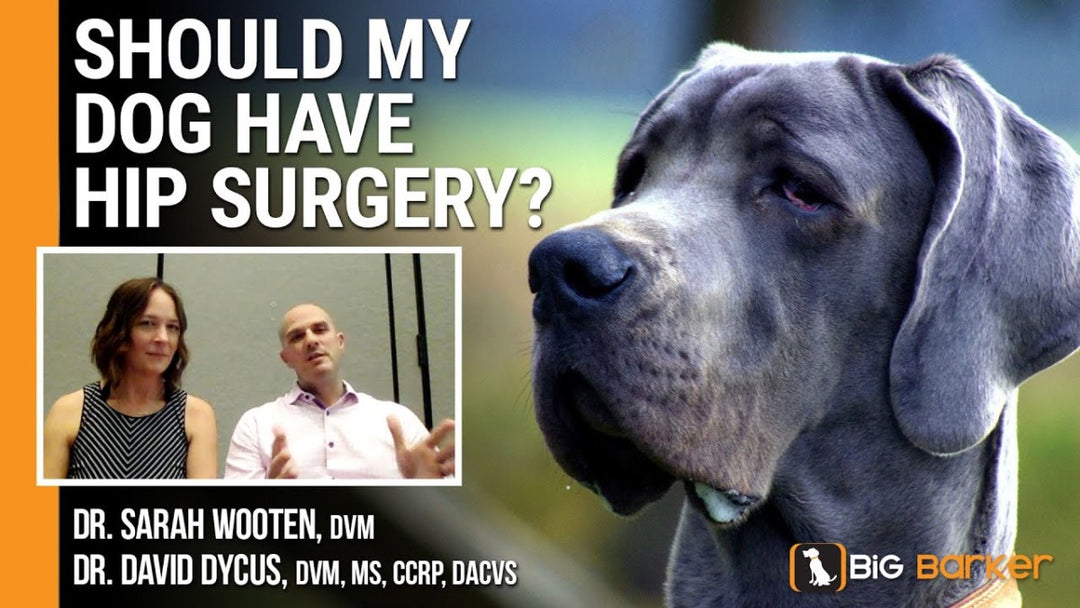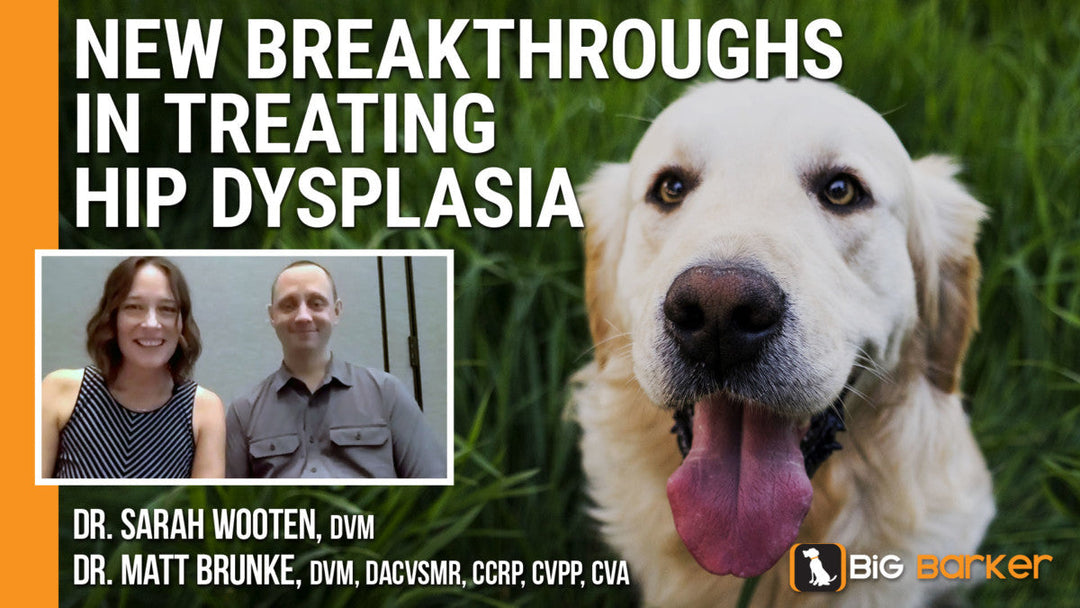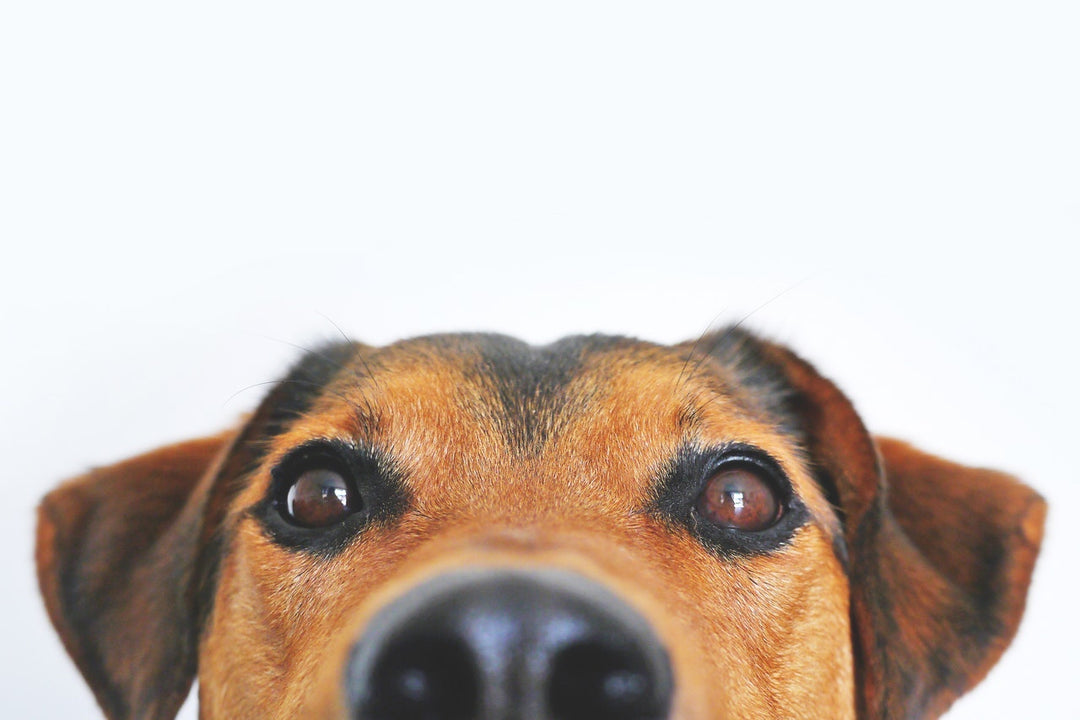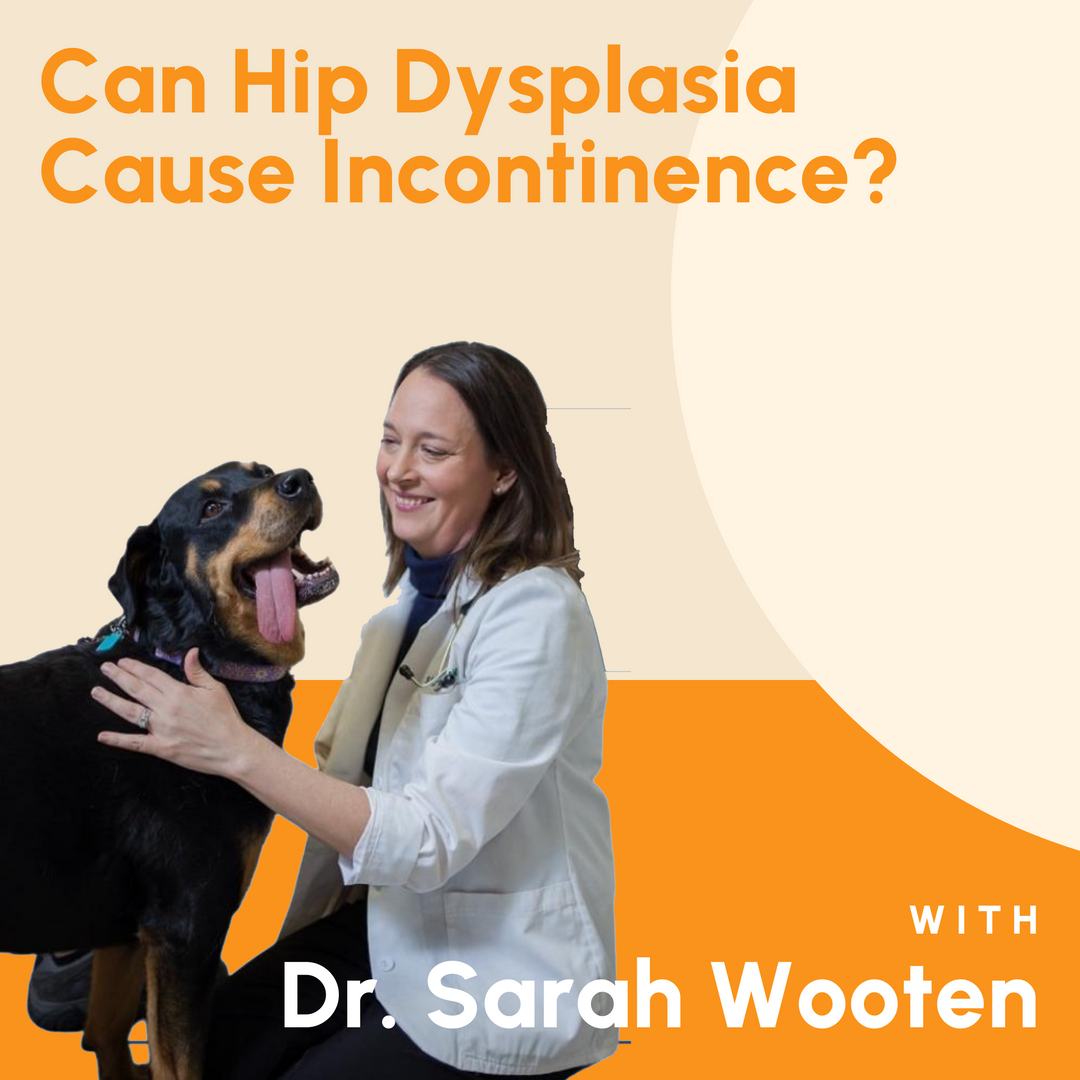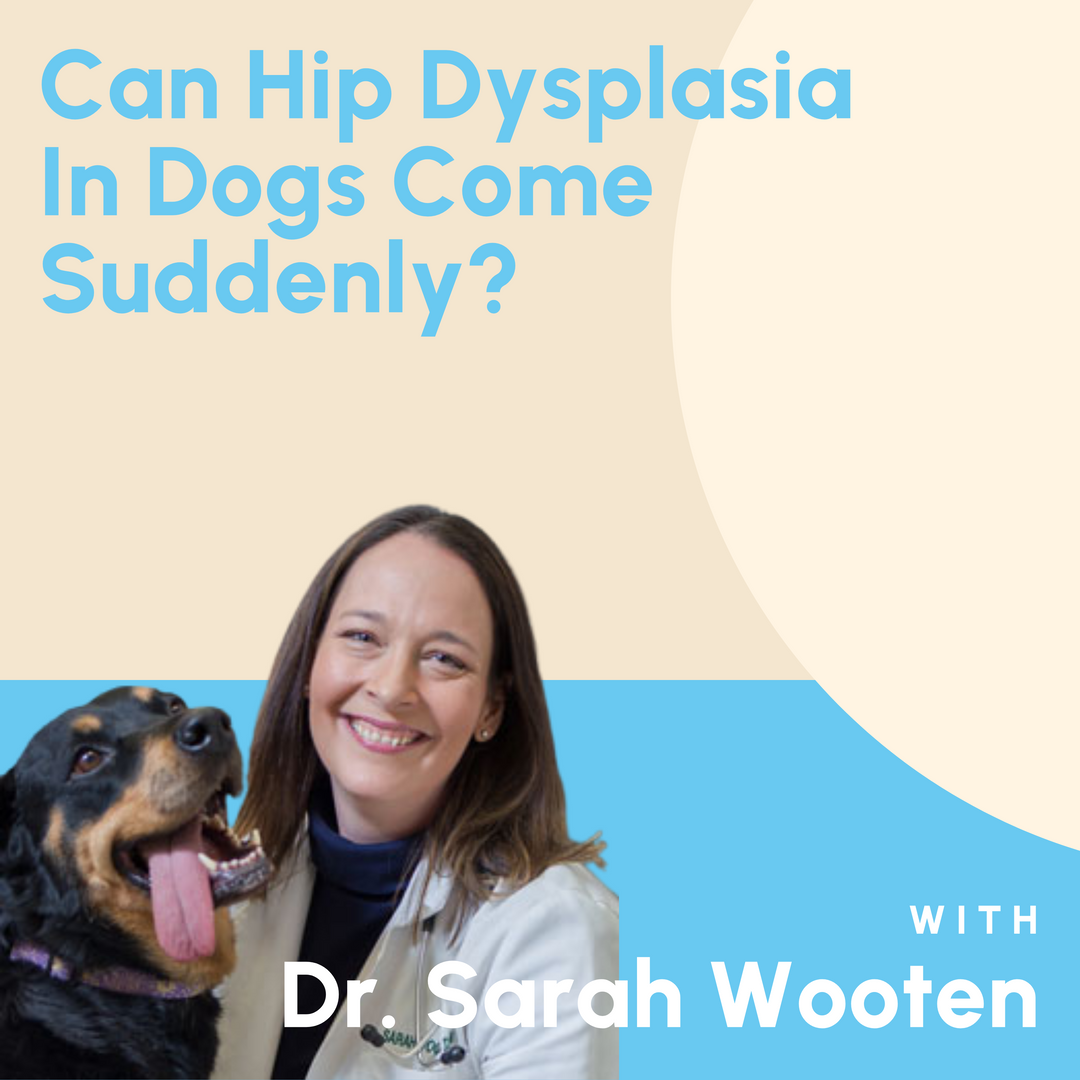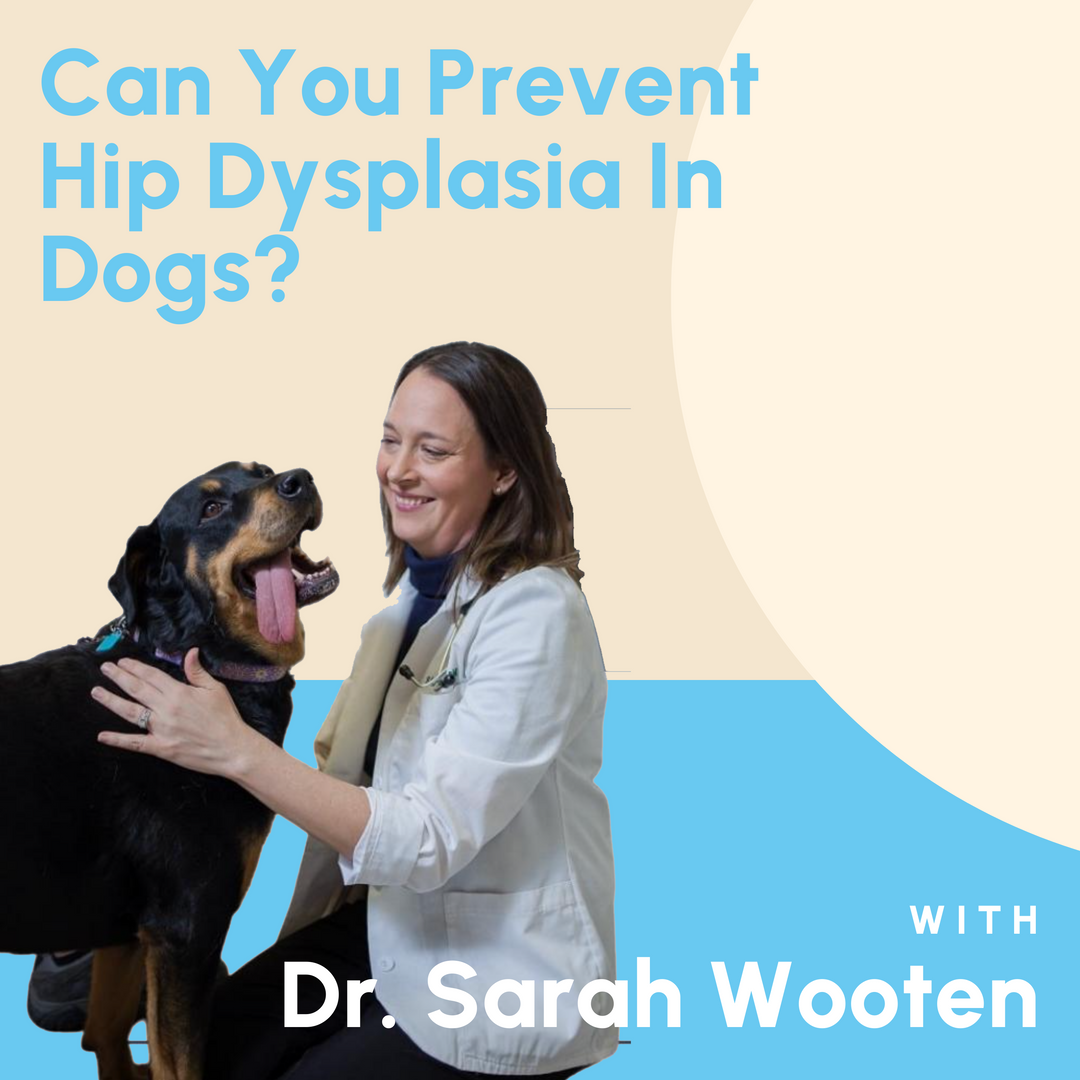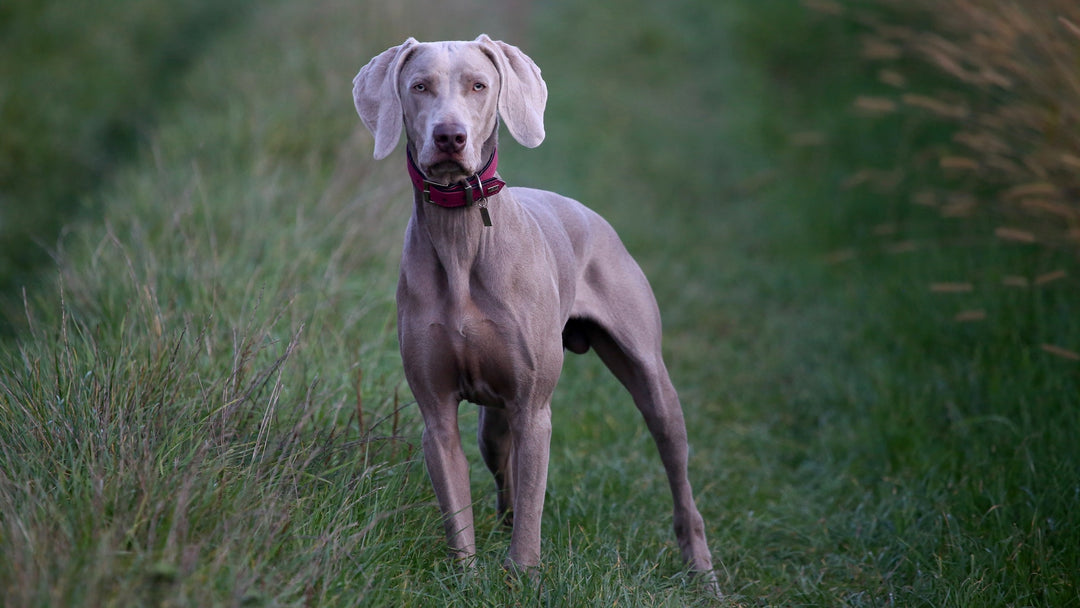Wellness
So you’re looking at your dog, maybe at the elbow or the point of the hip, and you’re seeing something on the skin that is not quite right. And, you’re wondering, “What is this thing?” Maybe you’ve googled ‘hygroma’ and you’re wondering if that’s what this thing is or if it’s something else called a pressure sore. If you’re wondering how to tell the difference, it’s actually super simple! Watch this video to learn more.
Are you wondering if the thing on your dog’s elbow is a callus or a hygroma? How do you tell the difference? Knowing the difference between these two is important because they hygromas and calluses require different types of treatment.
If you’re reading this post, it’s likely because you’ve come across the term ischial hygroma while researching online. Or, your veterinarian said your dog has an ischial hygroma, and you’re thinking, “What the heck is this thing?”
The care you provide for your dog after hygroma surgery is as important to the success of that surgery as the surgery itself. With that in mind, here are the top 9 hygroma surgery aftercare tips.
What kinds of dogs get hygromas most? Do crossbreeds get hygromas more often? Or do purebreds get them more? These are great questions. And there’s a short and sweet answer, click here to learn more.
If your dog has a hygroma, you may be wondering, “When does a hygroma require surgery?” Well, how do you know if your dog needs surgery? Well, your best bet is to have a veterinarian look at your dog’s hygroma and give you their opinion. But, in general, here are some guidelines.
Say you’re petting your dog and you notice a bump on the elbow that wasn’t there before and you’re wondering, “What is this thing and why is it here?” “Why does my dog have a bump on his elbow?” Well, there can be a lot of different reasons – here the 6 most common reasons.
As a small animal veterinarian, one of my jobs is to perform yearly physical exams on dogs. Some of my favorite client-patient combinations are older dogs and their owners. Often these human-dog pair have been together since the dog was a puppy, and there is a deep sense of love and belonging between the two.
Joint pain secondary to arthritis is arguably one of the most common sources of pain in older dogs. But, because pet owners may not recognize the signs of joint pain, not all dogs are getting the treatment they need.
Dogs are amazing creatures. More than any other non-primate animal on earth, dogs have learned how to communicate with humans. Who hasn’t had their dog stare at them when they want to play, get a cookie, or go outside for a bathroom break?
Big Barker sat down with Kimberly Agnello, BA, DVM, MS and Dorothy Brown, MSCE, DVM, BS, professor of surgery from the University of Pennsylvania, School of Veterinary Medicine to learn about the top 5 things they want dog owners to know about their canine’s joints.
Did you know dogs can sleep up to 18 hours a day? A good quality night’s sleep is as important for your dog’s health as it is for your health. Here are the top five reasons I believe why all...
Hip dysplasia. Those two little words can strike fear into any dog owner, but I’m here to give you hope and lots of it. If your dog has hip dysplasia, or you think they do, well, I have good news. There are five easy things you can do to help ease your dog’s pain today.
[ VIDEO TRANSCRIPT BELOW ] Dr. Wooten: Hi there, I’m Dr. Sarah Wooten. I am here with Dr. Robin Downing, and we are here to talk about pain in dogs. So why don’t you let our viewers know who you...
Read about the conversation Dr. Wooten and Dr. Matt Brunke had about the options to help a dog that has hip dysplasia.
Hip dysplasia is an abnormal forming of the hip joint, also known as the ball and socket joint. The joint that connects the pelvis to the long bone of the back leg. This can cause arthritis in that joint and it can cause a dog to be stiff and to have pain and difficulty getting around.
Hip dysplasia is usually present from birth, but oftentimes, we don’t see the signs until later. In that case, it can seem that the dog was normal one day and abnormal the next. It can be scary when it happens, but many times a dog's hip can simply pop out of joint, or they subluxate their hip joint.
There are several things that you can do to try and prevent hip dysplasia in your dog, or any dog that you are considering adopting or bringing into your home, especially puppies. Learn about some of the things that you can do to prevent hip dysplasia.
Hip dysplasia does not necessarily cause any disease in front legs, so it does not cause any developmental problems in the formation of any of the joints in the front legs. However, with severe hip dysplasia, a dog does not want to use their hind legs at all because it hurts.

